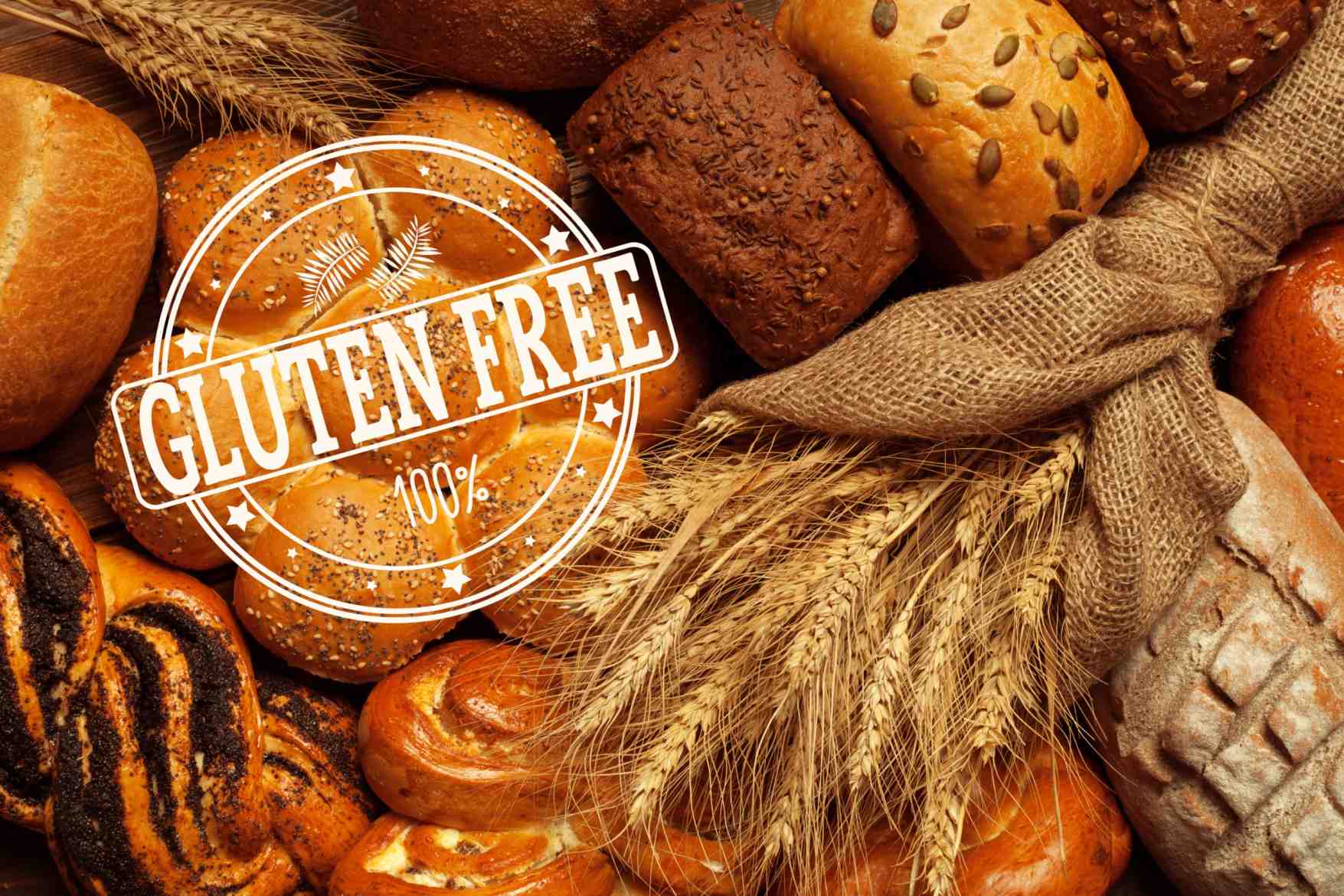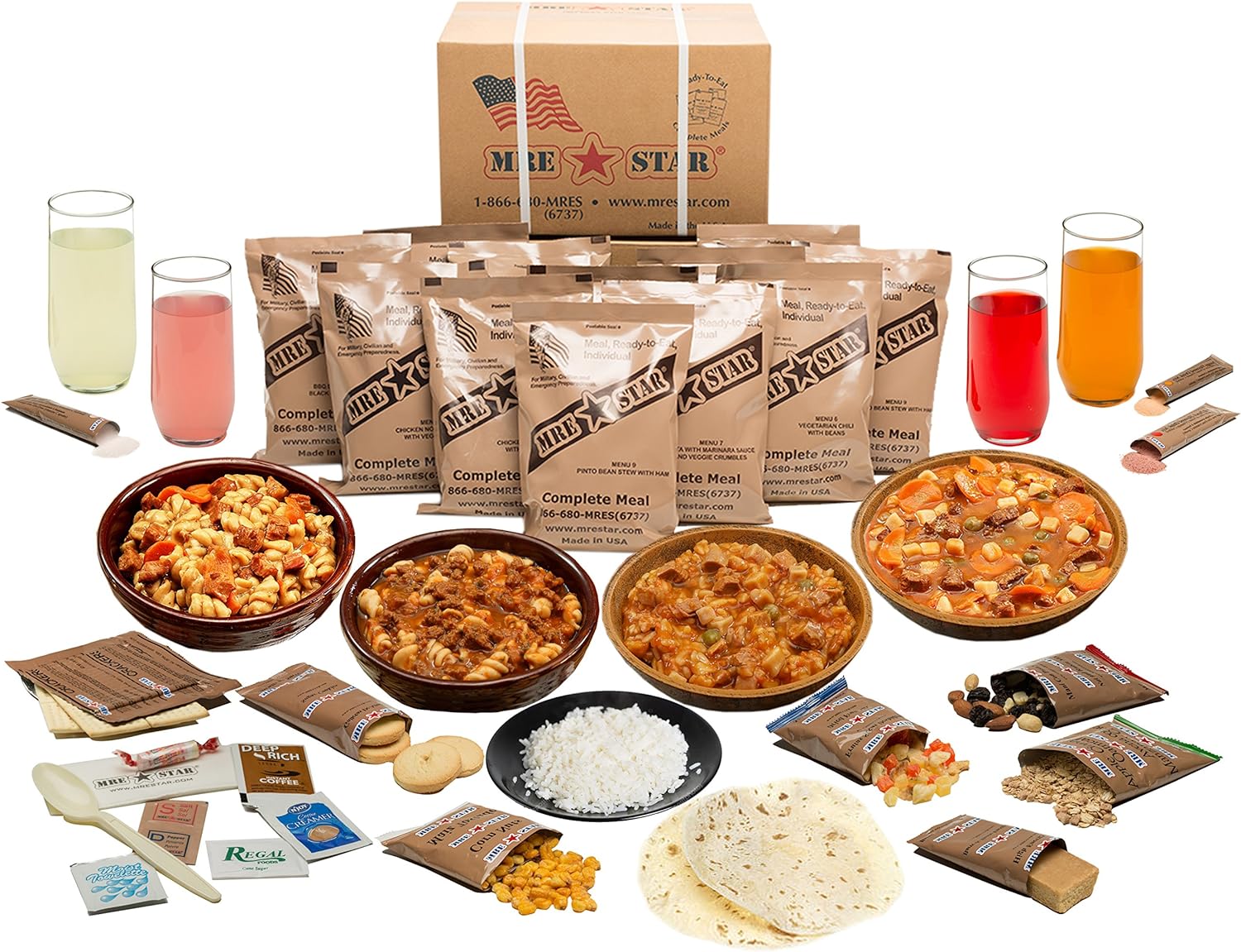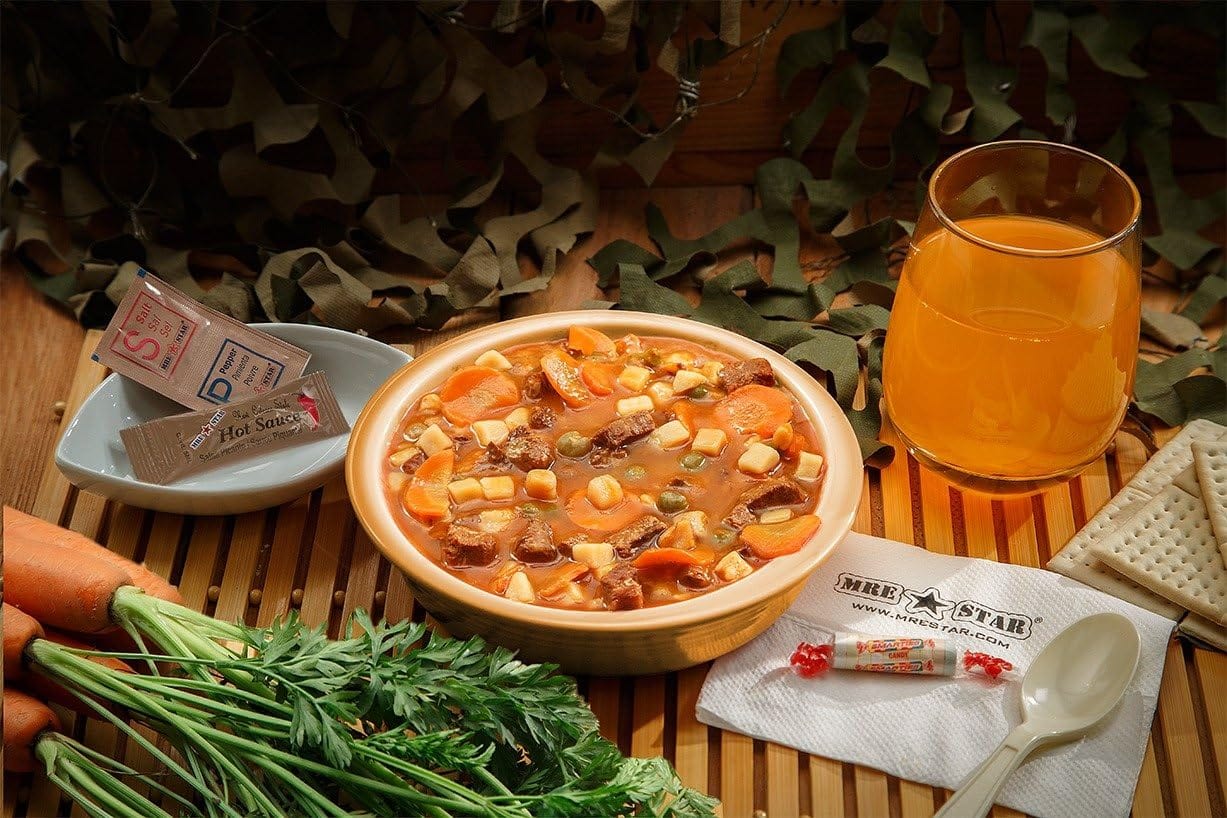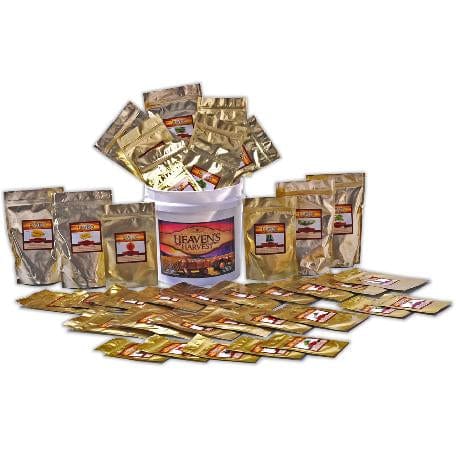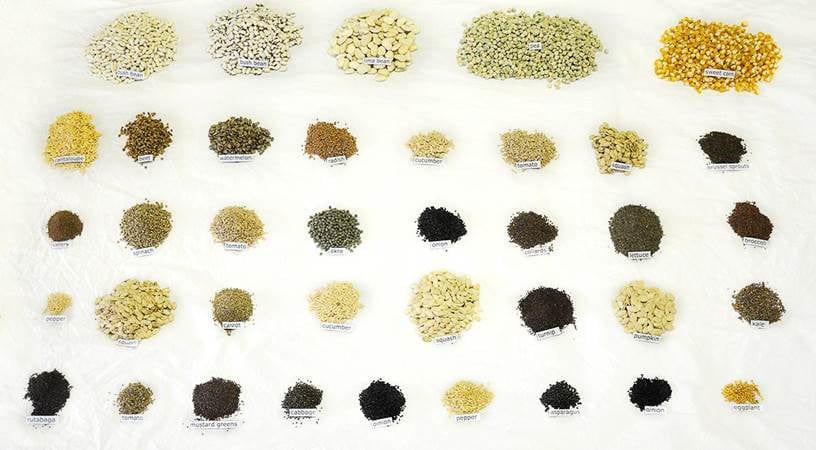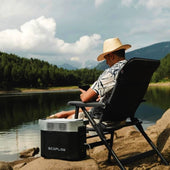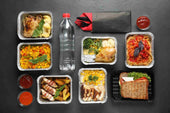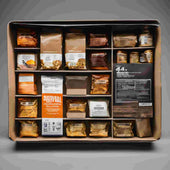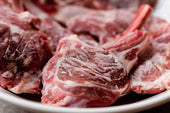Gluten-Free Emergency Food: Gluten-Free Meals
 Emergency food, also known as survival food, refers to the food and drink supplies that individuals store and rely on in the event of a crisis or emergency. Survival food can be bought for camping excursions or wilderness adventures.
Emergency food, also known as survival food, refers to the food and drink supplies that individuals store and rely on in the event of a crisis or emergency. Survival food can be bought for camping excursions or wilderness adventures.
These provisions are intended to help people survive for a few days. Many individuals also purchase long-term, realistic, and usable food during catastrophic events or other crises. The food can be powdered, freeze-dried, smoked, or salted.
The provisions help individuals make do until help arrives. They are frequently carried during slope strolling or mountaineering because they risk being abandoned by accident.
Generally, survival foods are typically high in calories and, in some cases, also high in nutritional value.
Fat-based emergency food staples include candy bars, nutritional or protein bars, sports or energy bars, hard bread or rolls, dried meat (e.g., jerky), and dried fruit.
If water is accessible, portions with little water content are lighter.
However, as you'll notice, most emergency food supplies are high in gluten. What about people, especially the elderly, who have special diets that require them to eat gluten-free?
1.1 What Is Gluten?
Gluten is a structural protein normally found in specific cereal grains. It is a protein found in many grains, including wheat, barley, and rye. It's also considered normal in bread, pasta, pizza, and cereal. Sadly, gluten gives no essential supplements.
Although "gluten" typically refers only to wheat proteins, in clinical writing, it also denotes the combination of prolamin and glutelin proteins normally found in all grains that can trigger celiac disease.
Gluten helps food varieties maintain their shape, acting as a glue that binds them together.
Gluten can be found in many sorts of food sources, as demonstrated below:
Wheat
Wheat is commonly found in:
-
breads
-
baked goods
-
soups
-
pasta
-
cereals
-
sauces
-
salad dressings
-
roux
Barley
Barley is commonly found in:
-
malt (malted barley flour, malted milk, milkshakes, malt extract, malt syrup, malt flavoring, malt vinegar)
-
food coloring
-
soups
-
beer
-
Brewer’s Yeast
Rye
Rye is commonly found in:
-
rye bread, such as pumpernickel
-
rye beer
-
cereals
Other Grains:
Triticale
Triticale is a newly developed grain specifically designed to have comparable quality to wheat while being tolerant to various growing conditions, similar to rye. It might be seen as:
-
breads
-
pasta
-
cereals
Oats
Oats can add variety and numerous wholesome advantages to a gluten-free diet. However, specialists have clinically suggested that only oats labeled as gluten-free be eaten, as cross-contact may occur when oats are grown near wheat, grain, or rye.
Patients who consume oats from any source may experience side effects. Oats contain a protein called avenin, which is similar to gluten.
Certain individuals with celiac disease have an allergic reaction to avenin as well as to gluten.
Oats also contain substances that may cause a reaction in certain individuals, regardless of whether they have celiac disease.
Responses to fiber or fermentable starches in an item containing fats are typically not resistant but can cause uneasiness.
If you eat oats, use oat products labeled as gluten-free.
You should consult with your gastroenterologist and dietitian to determine if oats can be included in your gluten-free diet.
1.2 What Are The Potential Risks of Gluten-Heavy Food?
Gluten has a stretchy quality and is the protein that gives bread and baked goods their chewy texture. Eating whole grains, such as wheat, barley, and rye, is associated with a lower risk of coronary heart disease, stroke, and type 2 diabetes.
Notwithstanding, gluten can cause concern for some individuals regarding their well-being. Certain individuals experience adverse reactions and reduced well-being when consuming food sources containing gluten.
The peptides in gluten are impervious to stomach acids, making them difficult for certain individuals to process. These peptides can have side effects, ranging from mild heartburn to severe health issues.
Gastrointestinal distress or sensitivity side effects can be caused by eating gluten. Many individuals have developed celiac disease.
Celiac illness is an immune system problem where the immune system looks for gluten as a harmful trespasser and assaults it, causing gastrointestinal harm. Individuals with celiac disease are at risk of developing more severe complications due to malabsorption of nutrients and minerals.
Oats also contain substances that may cause a reaction in certain individuals, regardless of whether they have celiac disease.
Responses to fiber or fermentable carbs in an item containing oats are normally not resistant but can cause uneasiness.
If you eat oats, use oat products labeled as gluten-free.
You should consult with your gastroenterologist and dietitian to determine if oats can be included in your gluten-free diet.
1.3 The Emergence of Gluten-Free Diet
Despite numerous health experts recommending otherwise, it's safe to follow a gluten-free diet, in any event, for individuals who aren't guaranteed to do so.
A gluten-free diet excludes all food sources containing gluten, a protein in wheat and several other grains.
It implies eating whole foods that don't contain gluten, such as natural products, vegetables, meat, and eggs, and handling non-gluten food sources like non-gluten bread or pasta.
The decline in gut health likely plays a significant role in triggering adverse responses to gluten.
An essential driver of poor gut health, or dysbiosis, is an unhealthy diet high in processed foods. Yet, different practices in the cutting-edge world can likewise be supporters.
Gluten triggers zonulin, which regulates digestive permeability.
Studies have demonstrated that gluten can increase digestive penetration and cause a resistant reaction. The immune system responds to substances it perceives as destructive by causing inflammation.
Everything said is the justification for why a gluten-free diet has arisen once again. A gluten-free diet reduces the side effects of celiac disease and other ailments related to gluten consumption.
This diet has also acquired prominence among individuals without gluten-related ailments. Its claimed advantages include improved well-being, weight reduction, and increased energy.
Gluten-Free Emergency Food Supply: Gluten-Free Foods
 In times of emergency, fortunately, many crisis food packs are gluten-free for those with intolerance or celiac disease.
In times of emergency, fortunately, many crisis food packs are gluten-free for those with intolerance or celiac disease.
Gluten-free crisis food plays a basic part in your endurance food planning. The last thing you need to manage in an emergency is stomach-related issues from your freeze-dried food not being made of value and not having gluten-free options.
Whether you're searching for a full breakfast, lunch, and dinner supply or a solitary feast, you can have confidence that your food will support your health and adhere to your extraordinary eating regimen.
Legacy Food Storage
Legacy Premium has created a 16-serving Gluten-Free Sample Pack that allows you to do just that: sample, test, and evaluate. This guarantee ensures you will have delicious emergency food in case a disaster strikes.
These delightful gluten-free dishes are non-GMO, packaged to endure, and bring genuine serenity as you store them away in your crisis provisions.
According to their website, gluten-free food should not be tasteless, and Legacy Premium courses are the best-tasting in the business.
Get an example pack and try Exemplary Stew, Rich Potato Soup, Cheddar and Broccoli Heat, and Enchilada, Beans, and Rice to get an idea of what gluten-free food should taste like.
In addition to being solid and gluten-free, these feasts are non-GMO and packaged to last.
These gluten-free food capacity test packs are the ideal introduction to Legacy Premium Food Stockpiling.
These tasty, solid, good feasts will be a delight to eat during a crisis. These non-gluten courses will help you achieve inner serenity, realizing that you will have the food you want to stockpile for individuals who suffer from gluten intolerance.
Before purchasing a larger bundle of gluten-free emergency food, start with a sample pack and ensure that it meets your expectations, both in terms of packaging and taste.
My Patriot Supply's Gluten-Free Emergency Food Kit
This gluten-free emergency food kit provides 120 servings of food sources for 25 years.
Plan for an emergency, knowing the food sources you have on hand are gluten-free. This hand-picked GF unit is packed in a water-safe can (8 x 9 x 13.5 inches) for easy, long-term storage.
This non-gluten food unit incorporates 11 food and drink assortments totaling 21,600 calories. That covers ten days, averaging over 2,000 calories per day.
Canned Goods
Select a designated spot in your home to store durable canned food varieties. Canned meats, fish, natural products, and vegetables are all gluten-free.
If you can't afford yourself, you can buy canned salmon, fish, sardines, natural vegetables, and so on.
These are ordinarily accessible at most supermarkets. Attempt to have a month's supply stored away. Canned food varieties can last for a considerable amount of time without spoiling.
Nuts In The Shell
Stock up on nuts in the shell. Search for natural choices where possible. They can last for as long as two years without turning sour.
Certain nuts are 70% fat, so they are an extraordinary source of Calories when you want them. Purchasing them in the shell additionally prevents the potential for gluten cross-pollution during handling.
Consider walnuts, almonds, pecans, pistachios, hazelnuts, Brazil nuts, and pine nuts.
Dehydrated Fruits
The naturally dried organic product is another extraordinary gluten-free storage food choice.
Dried-out organic products, however, higher in normal sugar, are a rich source of fiber, plentiful in L-ascorbic acid and other natural antioxidants.
Dried berries, pineapple, apples, bananas, and cherries are great choices.
Frozen Goods
Add the space to your list if you can accommodate a large cooler in your carport.
You can freeze new meats like chicken, hamburgers, buffalo, pork, fish, and turkey; the possibilities are endless.
You can likewise load up on a few natural frozen leafy greens. Cauliflower, broccoli, blueberries, strawberries, pineapple, and the sky is the limit from there.
High-Calorie Granola
Granola is likewise calorie-dense, and some varieties contain more than 300 calories per cup. In comparison, others can reach 600 calories for each cup, from added oils, coconut, chocolate, and added sugars, including evaporated cane juice, honey, maple syrup, molasses, raw sweetener, and dark-colored rice syrup.
One recommendation that is a fatty stockpiling food choice is an item called Paleonola. It is a gluten-free, dairy-free granola. It comes in various flavors, including original and maple.
Dried Beans, Legumes, and Seeds
There are over 400 kinds of beans; all beans (and other vegetables, such as peas, lentils, and peanuts) are typically gluten-free.
All vegetables, nuts, and seeds are gluten-free and great sources of dietary fiber.
They're likewise a decent wellspring of fiber, protein, and nutrients for those on a gluten-free diet.
Sans-gluten beans include, but are not limited to, kidney beans, black beans, navy beans, red beans, pinto beans, lima beans, Great Northern beans, cannellini beans, garbanzo beans/chickpeas, soybeans, green beans, and others.
Valley Food Items' Gluten-Free Emergency & Survival Food
 Gluten-free crisis food plays a basic part in your endurance food planning. The last thing you need to manage in an emergency is stomach-related issues from your freeze-dried food not being made of value, gluten-free food.
Gluten-free crisis food plays a basic part in your endurance food planning. The last thing you need to manage in an emergency is stomach-related issues from your freeze-dried food not being made of value, gluten-free food.
Many of Valley's crisis endurance packs are gluten-free and made with basic, non-GMO ingredients.
-
Apple Oatmeal
Valley Food Storage Apple Oatmeal boasts the crisp, sweet taste of apples and can be enjoyed as a healthy and delicious snack or as a standalone dish, making it perfect for a quick and convenient breakfast or lunch for the whole family. Each pouch of apple oatmeal contains ten servings.
✔︎ Simple Ingredients
✔︎ Non-GMO
✔︎ Easy To Prepare
✔︎ 25-year Shelf Life
-
Italian Wild Risotto
Valley Food Storage Italian Wild Risotto features a mild taste with added parsley flakes, making it pair well with any freeze-dried protein and perfect for a quick and convenient lunch or dinner for the whole family. Each pouch of Italian wild risotto contains five servings.
✔︎ Simple Ingredients
✔︎ Non-GMO
✔︎ Easy To Prepare
-
Sweet and Sour Asian Rice
Valley Food Storage Sweet and Sour Rice features red and green peppers with a touch of pineapples, making it perfect for a quick and convenient lunch or dinner for the whole family. Each pouch of sweet and sour Asian rice contains five servings
✔︎ Simple Ingredients
✔︎ Non-GMO
✔︎ Easy To Prepare
✔︎ 25-year Shelf Life

